Cracking
After not taking a proper shower for 500 miles of hiking (nor doing laundry in that time), I had built up a significant layer of dead skin on the bottoms of my feet, especially my heels. One day, the dead skin on my left heel started to crack open, taking healthy skin underneath with it. Two days later, my right heel cracked. Walking became painful, usually worst in the morning.
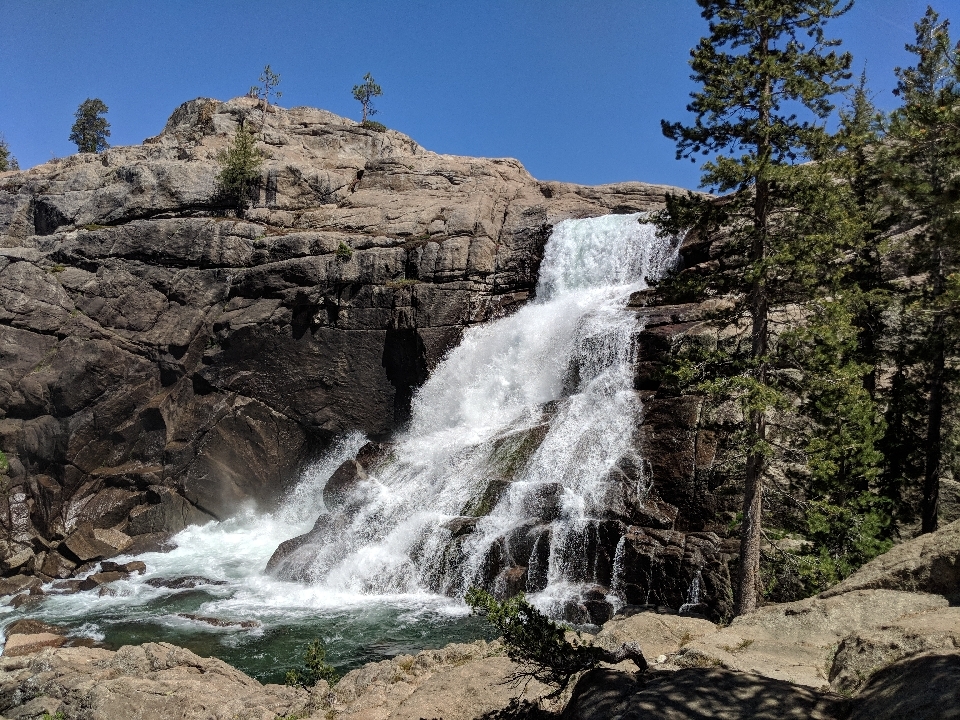
What may have helped cause the cracking is all the river fords. At least once per day, often more, you have to wade across a river, as much as waist-deep. I'd usually charge on through without taking off my shoes, since running shoes generally dry out quickly anyway. When I began to suspect that was contributing to the condition of my feet, I started taking my shoes off and wading through barefoot. It takes longer, it's harder to keep your balance, the rocks hurt your feet, and the water is so cold you feel as if your feet are about to fall off. But the cracks hurt as well, and throughout the day. Anything to keep them from getting worse.
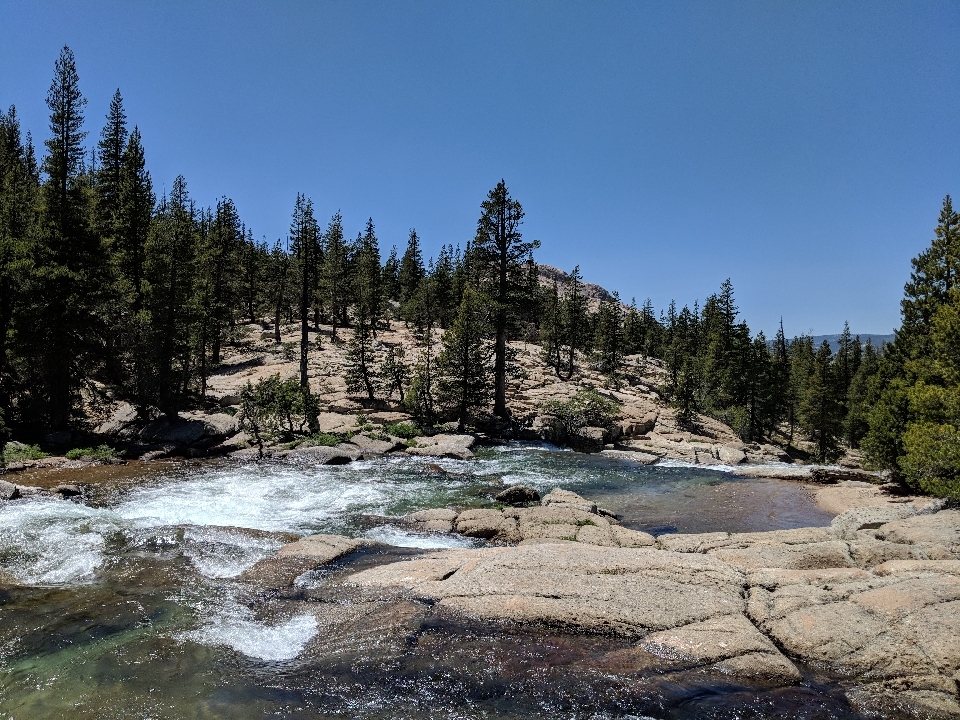
From the beginning, I'd been averaging roughly 40 km/day. Impressively, I was able to maintain that pace in the High Sierra, and now past that, I saw no reason to slow down. While it wasn't physically difficult, hiking 13 hours/day, nearly nonstop, for over a month straight, was starting to take its toll. I was reaching mental burnout.
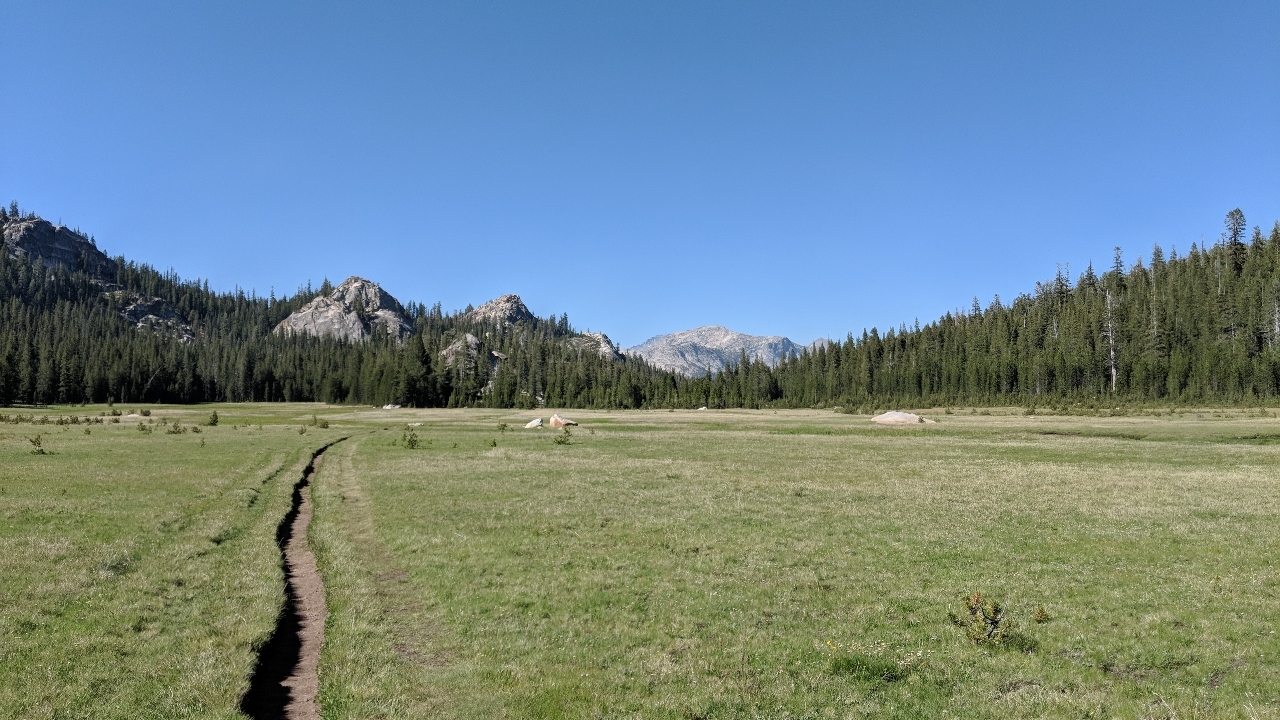
Sonoma Pass, the last of the 10,000 ft. passes, had been talked about for weeks leading up to it. On the elevation profile, it didn't look bad, and the trail had certainly reached higher elevation before. Why was this one noteworthy at all?
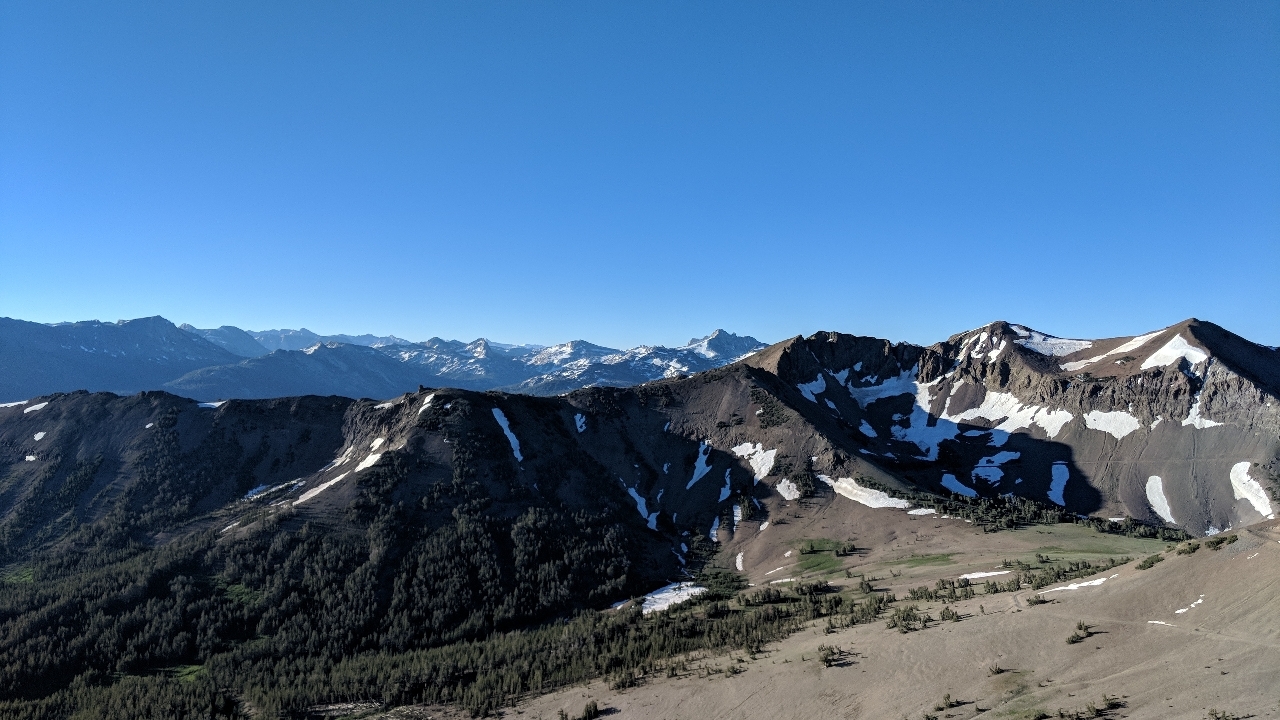
Once you got there, you understood why: Rocks. Snow. Wind. More rocks. LOTS of each of those things. Mostly rocks. For eleven miles. After finally cresting the last ridge and heading down, the trail took the most serpentine path possible, seemingly with the intention of hitting every patch of snow on that face of the mountain.
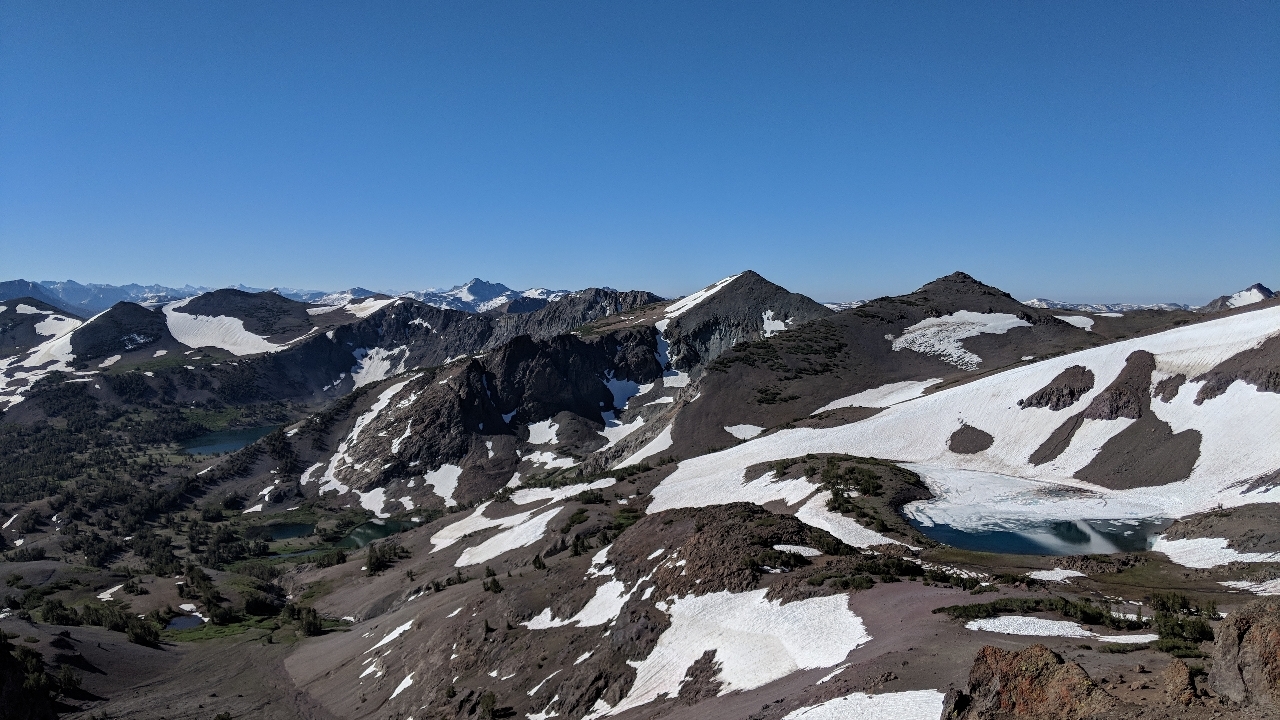
Afterwards, the terrain looked different. Still lots of mountains and pine trees, but in between the trees, the hills looked more verdant, and yet the rock formations, aside from the color, looked more southwestern in a way.
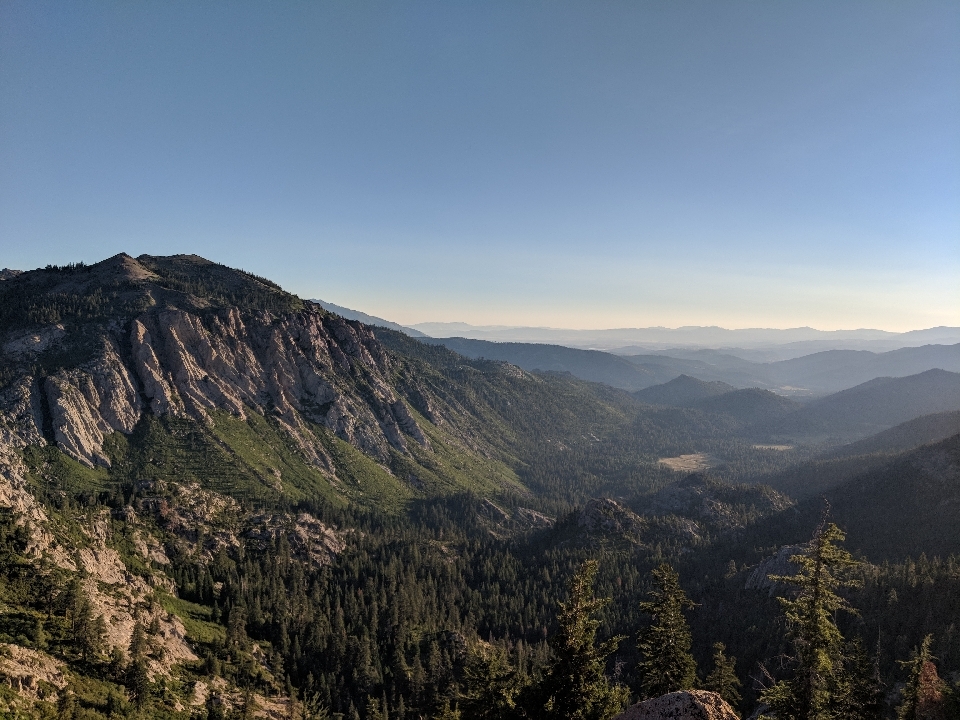
Asmall turning point came when I made it to North Kennedy Meadows and was able to mail my bear canister home. Instantly, my pack was monumentally easier to carry. Not only because of the weight (a full kg), but also because for the first time, my pack didn't have a large rigid object taking up most of the space in the middle: first a water jug, then a bear can. Instead, nearly everything inside was soft and flexible, and the pack held its intended shape much better. Sometimes I forgot I had it on.
One day, I looked at some scenery and debated in my head whether or not it was worth the time to stop and take a photo. Then I realized if this were the AT, this would be the scenic spot everyone would talk about for a week. One day in the Sierra is worth the entire AT put together.
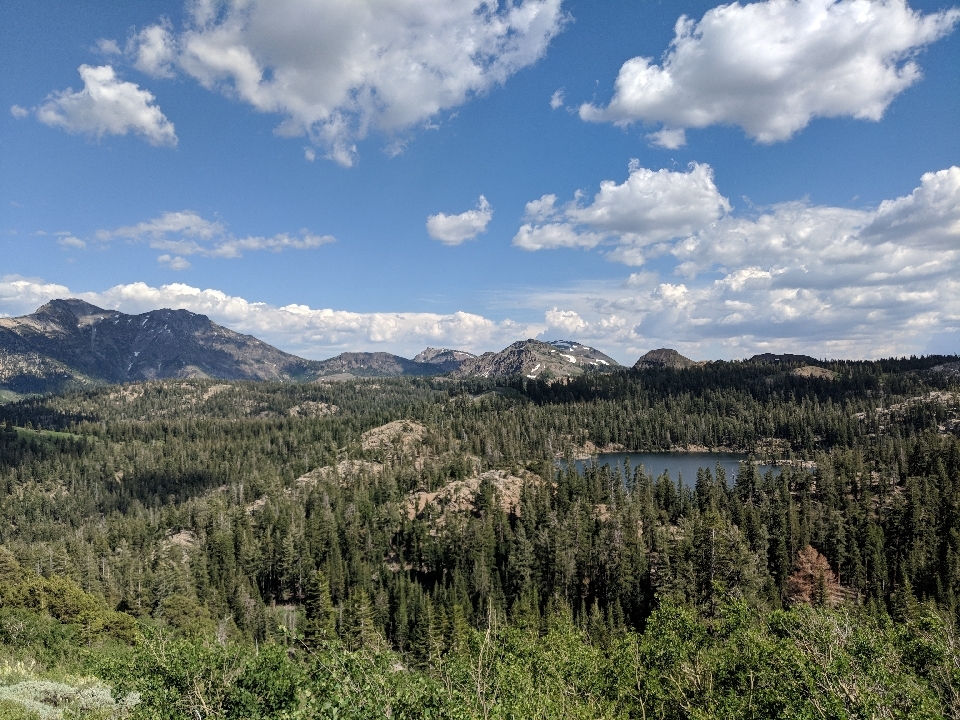
It looked like I'd make it to Lake Tahoe on the 4th of July, which sounded awesome, especially if that could include a shower and laundry. I use an app no one else seems to use, and it listed a Trail Angel no one else seemed to have heard of. The odds looked good!
Turned out this Trail Angel couldn't help, but knew someone who probably could. Trouble was I almost never had any kind of phone signal to communicate. It wasn't until the night before I got to Lake Tahoe that I finally managed to nail down arrangements. I breathed a sigh of relief. After over 1,000 miles and no zero days, this one was important.
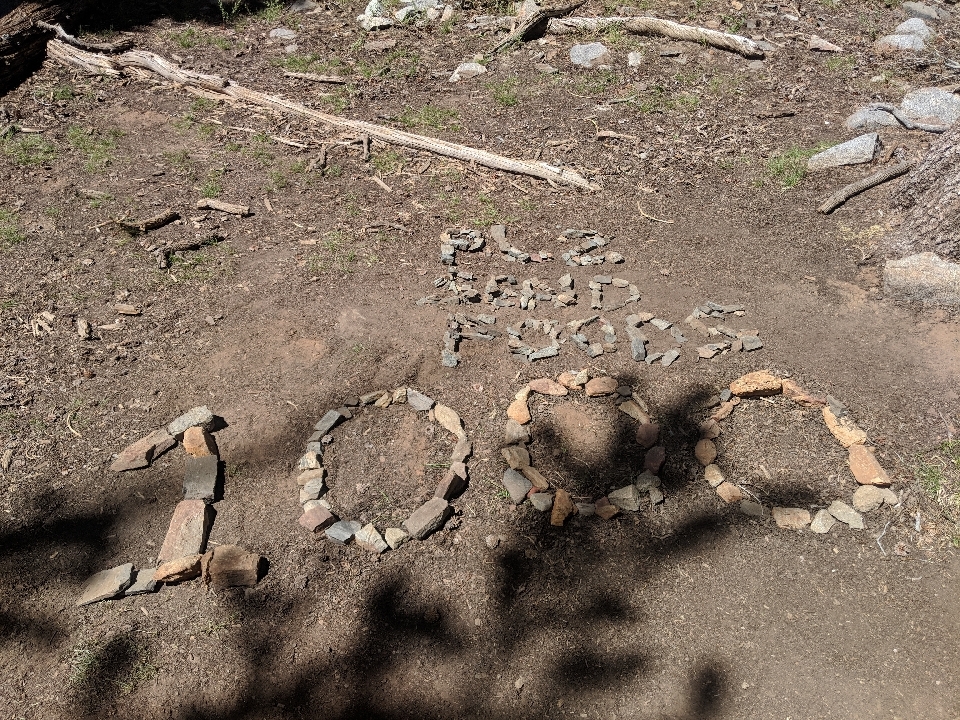
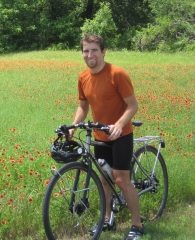


 June
June

